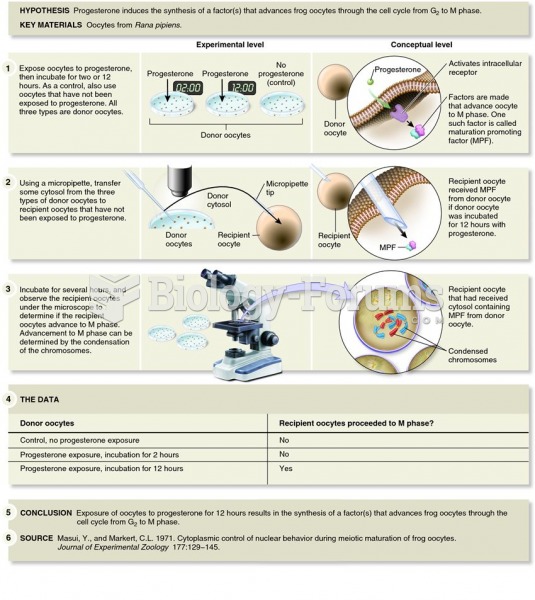Answer to Question 1
Step 1: Select routine reading activities that are an integral part of instruction for the formative assessment process. A story retelling is an example of a routine reading activity that focuses on a specific skill area (comprehension). It accommodates students at varying levels and allows for teacher feedback that supports skill development.
Step 2: Embed core reading concepts and skills that support indicators of standards in the content of the reading activity. Core concepts are ideas or principles that are central to mastery; core skills are procedures or strategies essential to performance. Retelling, for example, involves knowledge of text structure and strategies of remembering, sequencing, and summarizing content.
Step 3: Determine success criteria for each reading activity included in informal assessment, i.e., the expected level of performance. This requires thoughtful consideration of students' current capabilities, the reading program, and (of course) grade level standards. There is no magic formula. Success criteria of a retelling, for example, may involve the amount of key ideas directly recalled and/or deeper understandings of a text, such as implicit meanings about characters or events. Bottom line: success criteria depend on teacher judgment that is grounded in an understanding of reading development.
Step 4: Plan for assessment during instruction: (1) focus on a few children at any one time. This is a form of sampling and makes a lot of sense in a busy classroom. Ask yourself: Which children are puzzling me most right now? Which do I need to learn more about? Which seem to be having difficulty? (Chen & McNamee, 2007). (2) Establish the time frame (in your own mind) when assessment will occur; weekly often seems do-able. (3) Decide on the arrangements for assessment. Some prefer assessing on-the-fly during general instruction. Others conduct assessments in the small-group setting; still others choose to conduct end-of-week three- to five-minute one-on-one conferences. The important point is that teachers plan ahead for informal assessment.
Step 5: Implement your set of basic reading activities in the context of reading instruction. Your set will likely vary from that of the teacher next doorwhich is just fine. Implementation involves considerable organizing, documenting, interpreting, using, and storing assessment information, and, in this respect, is demanding in already crowded classroom schedules. But careful, consistent implementation is well worth the considerable effort it takes. Linking the teaching and assessment of reading creates a stronger, richer instructional system for students' reading development.
Answer to Question 2
b







